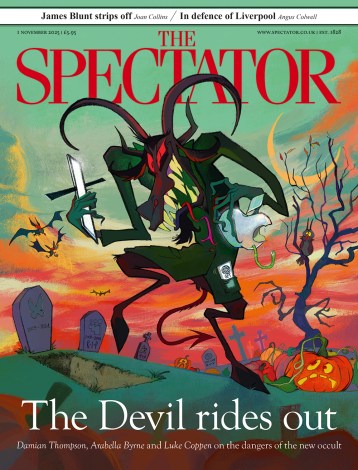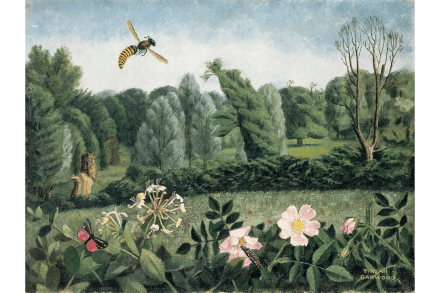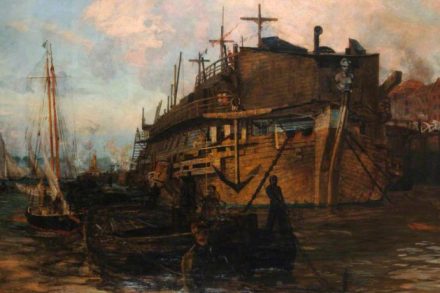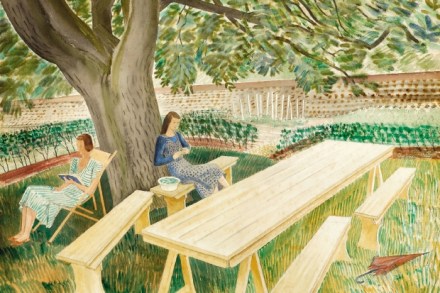Give Eric Ravilious a rest
How do artists sustain a reputation? We’d like to think it’s on the basis of their work. In the case of visual artists, it would be nice to think they make it because their art is beautiful, original or absorbing. It shouldn’t be a matter of what the art is about, or Benjamin West’s epic historical tableaux would be better paintings than Jean Siméon Chardin’s still lives. It shouldn’t be about the artist’s personality or history, or we would rate Benjamin Haydon (tragic suicide) over John Constable (domestically inclined Tory). On the other hand, it doesn’t always work like that. Because the visual arts depend a great deal on public















